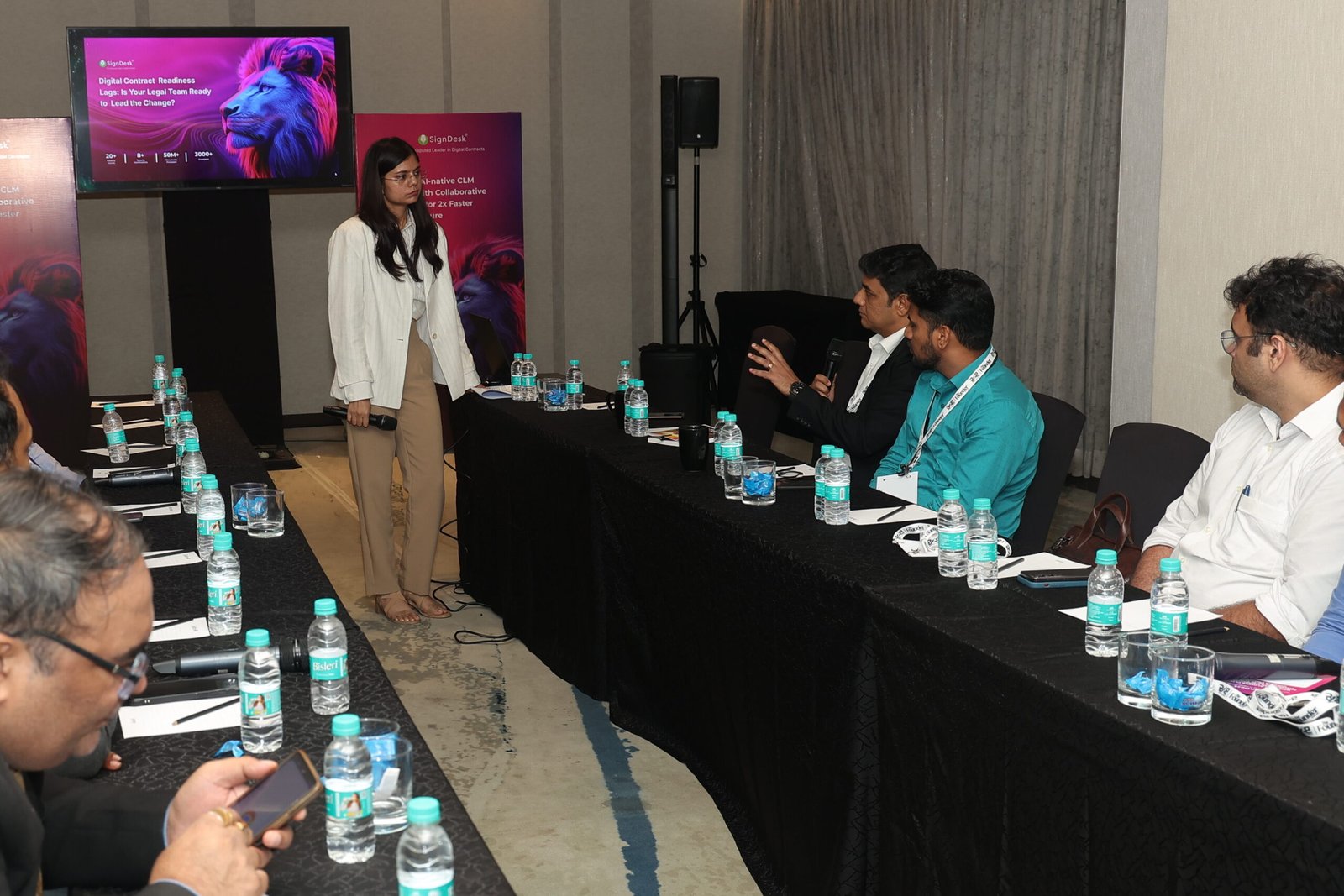India’s media and entertainment sector is in the midst of a digital transformation, with the rapid rise of OTT (Over-The-Top) content and advanced media technology solutions redefining how organizations create, manage, and deliver content. As India’s industry continues to outpace global growth rates and digital media overtakes traditional television in both scale and influence, there is heightened need for technology platforms that can support the unique content, scale, and sovereignty demands of this market. New solutions are helping even smaller studios, educational institutions, and enterprises access sophisticated media asset management, rendering, and OTT capabilities without steep upfront investments.
Against this backdrop, the interview with Sunil Gupta is the Co-founder, Managing Director, and Chief Executive Officer of Yotta Data Services (formerly Yotta Infrastructure) by Praneeta, explores the development and advantages of two such Indian innovations aimed at empowering local media creators: Sudarshan, a media asset management and OTT platform service, and Urja, a sovereign, consumption-based rendering farm. The discussion delves into how these platforms address the industry’s operational, cost, and sovereignty concerns, while also examining why Indian organizations should embrace domestic technology to unlock value and protect their intellectual property in the fast-evolving digital landscape.

Co-founder, MD, and CEO,
Yotta Data Services
What are Sudarshan and Urja, and how do they fit into the media value chain?
These two products address the complete media value chain, creating, editing, finalizing content, and then streaming it to audiences. Sudarshan acts as both a media asset management system and an OTT platform as a service. It enables effective management of content at various production stages, leveraging analytics and AI for intelligent decision-making. Traditionally, launching an OTT app requires significant investment in technology and infrastructure, making it feasible only for large studios. Sudarshan offers a usage-based model in India, allowing smaller studios, institutions, or enterprises to build OTT platforms affordably, with assured data localization and compliance with Indian regulations.
Urja is a render farm designed for production-ready graphic rendering. Previously, only well-funded studios with dedicated infrastructure could manage rendering in-house, while others had to outsource, often internationally, raising concerns about cost, sovereignty, and latency. Urja utilizes a large-scale, sovereign cloud infrastructure in India, featuring the latest hardware and offering low-latency, real-time rendering services. This approach improves productivity, safeguards IP by keeping data within the country, and makes advanced rendering affordable and consumption-based. Both products, Sudarshan and Urja, leverage modern compute, AI, and analytics to meet the unique requirements of the media industry, fostering innovation and reducing the need for costly, in-house infrastructure.
Why is sovereignty and data localization important for media and content production in India?
India has the world’s largest media industry, producing vast amounts of high-quality content. Protecting this intellectual property is a significant challenge. Delivering products at scale within India, built to global standards yet operating under national jurisdiction, addresses both the need for technical excellence and the imperative of sovereignty. Local services ensure that data control remains within the country, eliminating uncertainties associated with foreign regulations. This is crucial for safeguarding IP and supporting the industry’s scale and growth in a manner aligned with national interests.
What advice do you have for CIOs and CTOs regarding adoption of Indian technology products, especially in the context of sovereignty and quality?
CIOs and CTOs in India often hesitate to trust domestic technology products, believing foreign solutions are superior. This mindset, shaped by historical precedent, persists despite the existence of high-quality Indian offerings. The Indian industry once had an opportunity to build world-class cloud infrastructure but did not invest sufficiently, ceding ground to global hyperscalers. Today, with advancements in AI and cloud technology, Indian providers have access to the latest hardware, own data centers, and possess unique strengths. CIOs should recognize that Indian products can match hyperscaler quality, often at lower costs, and with superior support tailored to local expectations.
Critically, adopting indigenous solutions is not just about quality or cost, it’s also about maintaining sovereignty and control. Recent global incidents have highlighted the risks of relying solely on foreign providers, as external decisions or sanctions can abruptly disrupt vital services. Embracing Indian technology ensures business continuity, legal compliance, and the capacity to respond to national priorities while working with the global best. The IT sector should lead the way in adopting and trusting quality Indian solutions for strategic resilience.




